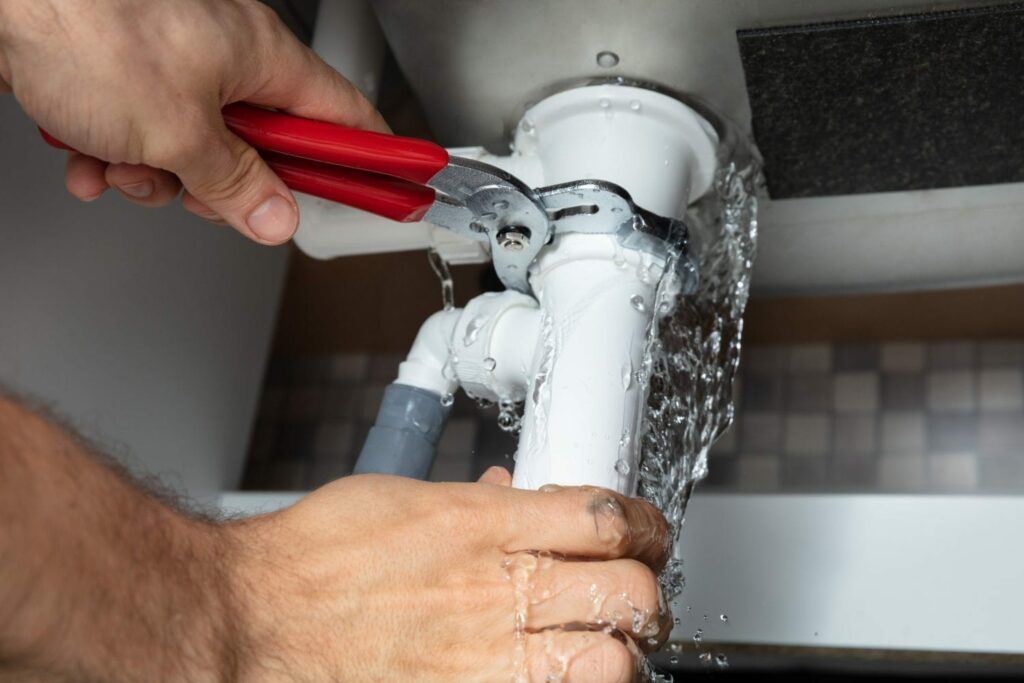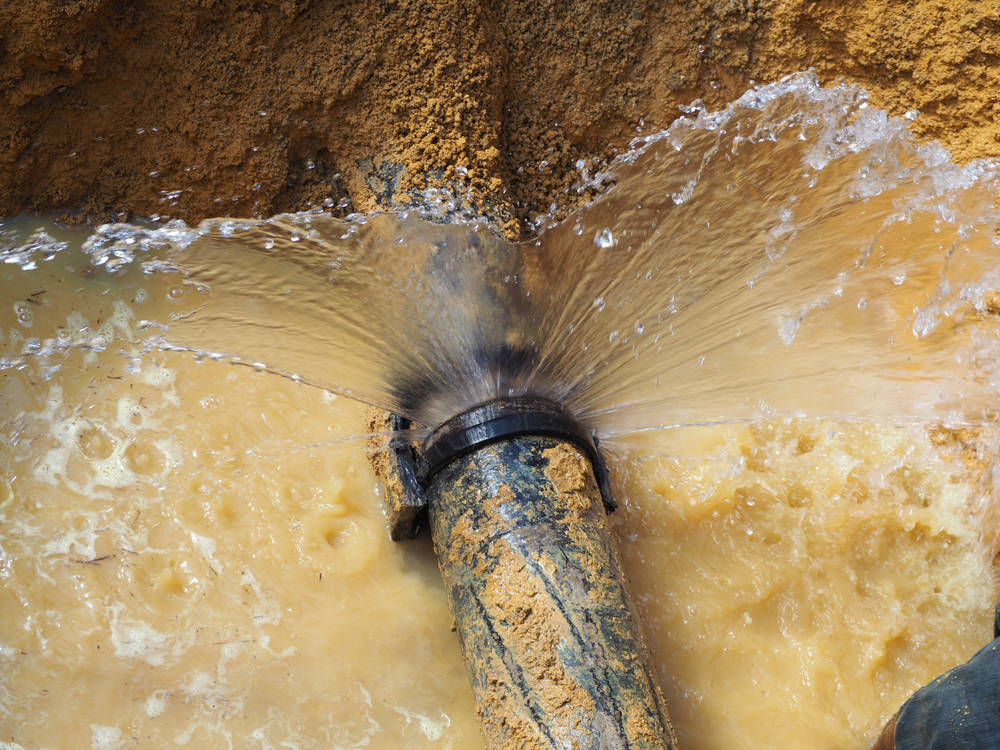Quick Guide: Identifying and also Fixing Burst Pipes in your house
Book InstantlyWhat are your opinions regarding How to Install and Connect a New Dishwasher?

A ruptured pipe is a major emergency; you can just stand as you see water you pay dearly to reunite with the earth. In even worse instances, you notice a pool on your kitchen area flooring, which is a wonderful journey hazard, especially if you have children around. If the pipe that burst was in your wall surfaces, trouble: you might need to repaint that entire section.
Exactly how can a catastrophe like a ruptured pipeline be protected against and managed? Well, by listening to your expert emergency plumbings and complying with these policies.
Exactly how do I recognize when my pipelines have ruptured?
Rising and fall water stress
Pipes do not just burst in a day. You may have noticed that your kitchen tap or shower doesn't run instantly when you turn the faucet. It may pause for a few seconds and then blast you with more force than usual.
In other instances, the water may seem regular initially, then decrease in stress after a couple of secs.
Damp wall surfaces and also water discolorations
Before a pipe bursts, it will leak, the majority of times. If this relentless dripping goes undetected, the leakage might finish right into a vast gash in your pipe. One easy way to avoid this emergency is to look out for wet wall surfaces advertisement water discolorations. These water discolorations will certainly lead you right to the leakage.
Puddles under pipelines as well as sinks
When a pipeline ruptureds, the outflow develops a puddle. It may appear that the puddle is growing in size, and despite the amount of times you wipe the pool, in a couple of mins, there's one more one waiting to be cleaned up. Typically, you may not be able to map the puddle to any noticeable pipes. This is a sign to call a specialist plumber.
Untraceable dripping sounds
Pipe bursts can take place in the most undesirable locations, like within concrete, inside walls, or under sinks. When your home goes quiet, you might have the ability to hear an aggravatingly consistent dripping noise. Also after you've examined your shower head as well as kitchen faucet, the dripping might continue.
Precious reader, the trickling might be coming from a pipe inside your walls. There isn't much you can do concerning that, other than tell an expert plumber.
Shut down the Water
When water ices up, it increases in quantity by regarding 9 percent. And also it broadens with remarkable pressure: The pressure inside pipes might go from 40 pounds per square inch to 40,000 psi! No pipeline can hold that much pressure, so it bursts. The break may take place where the ice types, but regularly, it occurs where water stress discovers a weak spot in the pipeline. That may be inches and even feet from the frozen location. Find the water shutoff valve and also turn off the water to stop more damages. You might additionally need to shut down the electrical power too, depending upon where the leakages occurs and also how large it is.
Contaminated water
Many individuals assume a ruptured pipeline is a one-way outlet. Fairly the contrary. As water flows out of the hole or wound in your plumbing system, contaminants locate their way in.
Your water may be infected from the source, so if you can, examine if your water tank has any type of troubles. However, if your alcohol consumption water is provided and cleansed by the local government, you need to call your plumber instantly if you see or smell anything funny in your water.
What do I do when I identify a ruptured pipe?
Your water meter will remain to run also while your water wastes. To minimize your losses, find the primary controls as well as transform the supply off. The water pipe are an above-ground structure at the edge of your home.
How to Fix & Detect a Leaking Pipe
How Do I Know if a Pipe is Leaking?
Leak detection tests can help you determine if your pipe has a leak. Even if you don’t see an apparent leak, you should still conduct leak detection tests regularly to save water and money—and prevent major damage to your home.
Water meter. It can be helpful to figure out what your usual water meter usage numbers are and then monitor them regularly. To monitor your meter, first, turn off all water faucets in your home. Check the meter and write down the numbers. In a few hours, check the meter again. If the numbers have changed, you have a leak. Water gauge. Use a water gauge to test your water pressure. Your showerhead should produce a certain amount of water pressure based on its model and design. If the pressure is lower than it is supposed to be for that specific showerhead, your home likely has a leak. Puddles. Look inside your bathroom, laundry, and kitchen sink cabinets. Puddles around the cabinets or around toilets, tubs, showers, and washing machines indicate the presence of a leaking pipe. You may also notice loose tiles, peeling or flaking paint, or mold caused by water accumulation. Napkin test. Even if you don’t see any puddles, you may still have a leak. You can test for water leaks in the bathroom, laundry, and kitchen by wiping below-sink connections with a napkin, paper towel, or piece of toilet paper. If it becomes damp, you probably have a leaking pipe under the sink. Discolored walls. Walls that are discolored—usually with brown or yellow stains—or bulging might mean that they have been impacted by water damage caused by a leaking pipe. Smell. A leaky pipe will create sitting water, and over time, that water may develop a musty smell. If your home smells musty, but you can’t locate the source, it may be due to a leak. Steps for Fixing a Leaking Pipe
A leaky drain can be remedied by tightening the pipe base, replacing the drain seal, caulking the rim, and tightening the pipe nut. Similarly, a leaking toilet pipe can be treated by tightening the packing nut. You may also need to replace the valve. A leaky faucet may just need tightening or replacement of the washers. If that doesn’t work, consider replacing your faucet. If your pipe has a hole in it, you may want to use a pipe leak sealer or pipe leak tape. This quick fix for water pipe leaks can also temporarily fix a copper pipe leak. https://www.ahs.com/home-matters/quick-tips/how-to-tell-if-pipes-are-leaking/

As a passionate reader about How to Install and Connect a New Dishwasher, I assumed sharing that information was beneficial. If you appreciated our blog post kindly remember to share it. I praise you for your time. Visit again soon.
Hire A Pro